I lived in the small city of Ansan just outside of Seoul, South Korea (close enough that I was still on the Seoul subway line) for a year and a half while I was working there as an English teacher. Because I was so close, I spent almost every weekend exploring Seoul’s winding historic alleyways, huge high-rises, modern art galleries, curated natural areas, and layer upon layer of food, fashion, and culture.
Here are six of my favorite spots I visited (some multiple times) during my time in Seoul that will give you a window into the past, present, and future of this vibrant and dynamic city on your next visit.
One of the main buildings at Gyeongbokgung Palace in Seoul, South Korea
Experience Gyeongbokgung Palace
Visiting Gyeongbokgung was the first touristy thing I did in Seoul when I moved to South Korea. It was also the first time I had ever seen traditional Korean architecture, and it made a big enough impression that I visited it multiple times during my tenure in the country.
This palace complex was the principal palace of the Joseon Dynasty until 1592, when it was burnt down during a Japanese invasion. It sat in ruins until it was rebuilt in 1865. Under Japanese colonial rule in the late 1800s, almost all of the 330 buildings in the complex were destroyed or moved.
What you see on your visit now is a series of restored buildings that have been rebuilt to look like the original palace. Highlights include the lily pond, a massive columned pavilion, and being able to explore what would have been the living quarters of various members of the Royal Family.
The traditional Changing of the Guard takes place multiple times per day at the main gate of the palace. You can also visit the National Museum and National Folk Museum that are both on-site.
Check the website here for admission, opening hours, and tour information.
Discover the Korean War Memorial Museum
To say that this museum is impressive is an understatement.
Located in Itaewon, the foreign area of Seoul, due to its close proximity to the American Military Base — think imported food stores, English bookstores, Irish pubs, Canadian bars, Italian restaurants, etc. — this extensive memorial and museum documents the many attacks that Korea has suffered and honors its veterans.
Inside, you will find detailed descriptions and artifacts from the Korean War, Vietnam War, and other historic conflicts. The outdoor exhibition includes more than 150 large items of military hardware — many like tanks and planes that you can go inside of — as well as sculptures and various memorials.
I highly recommend a visit — learn more about this museum here.
Shop and eat in Myeongdong
This district is filled with shops, malls, live entertainment on stages throughout the streets, lots of people (especially on the weekends), and street food literally everywhere.
This is where I came to shop — there are Korean, other Asian, European, and North American stores here, as well as department stores filled with everything you need and a lot you don’t. They youth of Korea tend to shop and gather here on the weekends, so if you like to check out local street-style, this is the place to go.
As for street food, I highly recommend you try tteokbokki (simmered rice cakes in a red sauce) or hotteok (small sweet pancakes).
Buildings at the Bongeunsa Temple complex
Wander through the Bongeunsa Temple complex
The first time I walked past the grand gate guarded by slightly threatening-looking statues and into this tree-filled multi-tiered complex, I felt like I had stepped into a totally different world.
Multi-lane non-stop traffic, tall, modern high-rises, and bustling streets were behind me, but in front of me were peaceful incense-filled squares surrounded by painted wooden temples, slip-on plastic shoes lined up outside them.
Bongeunsa was originally founded in 794 AD but was rebuilt in 1498 — the oldest building at the complex dates back to 1856. It is an active temple with both new and historical buildings surrounded by gardens, making it a surprisingly tranquil space despite sitting in the middle of the chaos of Seoul.
The complex offers programs where visitors can join the monks for meditation, meals, and overnight stays.
Visit the temple website for information on when to visit and the programs currently on offer.
[Interested in visiting the DMZ? Check out my Guide to Visiting the Korean Demilitarized Zone here]
Restaurants and shops on a side street in the Insa-dong neighborhood
Explore the Insa-dong neighborhood
Narrow winding alleyways packed with tea shops, art galleries, and small family-run restaurants all lead to the wide, main thoroughfare that is traffic-free on Saturday afternoons and Sundays.
The Insa-dong neighborhood is where locals go to find specialty stationary shops, unique antiques, and second-hand books, or to purchase traditional paper boxes, masks, and pottery. The main street is always lined with food stalls selling everything from smoothies to dried cuttlefish (an acquired taste), and on the weekends, the streets are peppered with buskers.
I came here about once a month to check out new shows at the art galleries, people-watch, and pick up stationery supplies for teaching.
Learn more about this historic neighborhood here.
Walk through Seoul Grand Park
Just South of the city — but still on the Seoul subway line — Seoul Grand Park is definitely worth a visit. It has a healing forest, and an area for “forest bathing”, as well as a botanical garden and large zoo.
If you come in the fall, the trees are an incredible and vibrant palette of colors that will be the backdrop to your hike or picnic along the river. This park will give you insight into one of the pastimes that Koreans enjoy most — walking and eating in nature and taking in the beauty of their natural environment.
Pin Me
Meet The Author
Lindsay Shapka is an avid traveler and the creator of The Anthrotorian — a website dedicated to sharing travel tips, stories about adventures, culture quirks, artists you should know, fascinating bits of history, and more!
She is also an artist, marketing specialist, editor, and freelance writer who has work featured on websites, blogs, and in magazines like National Geographic Traveler.




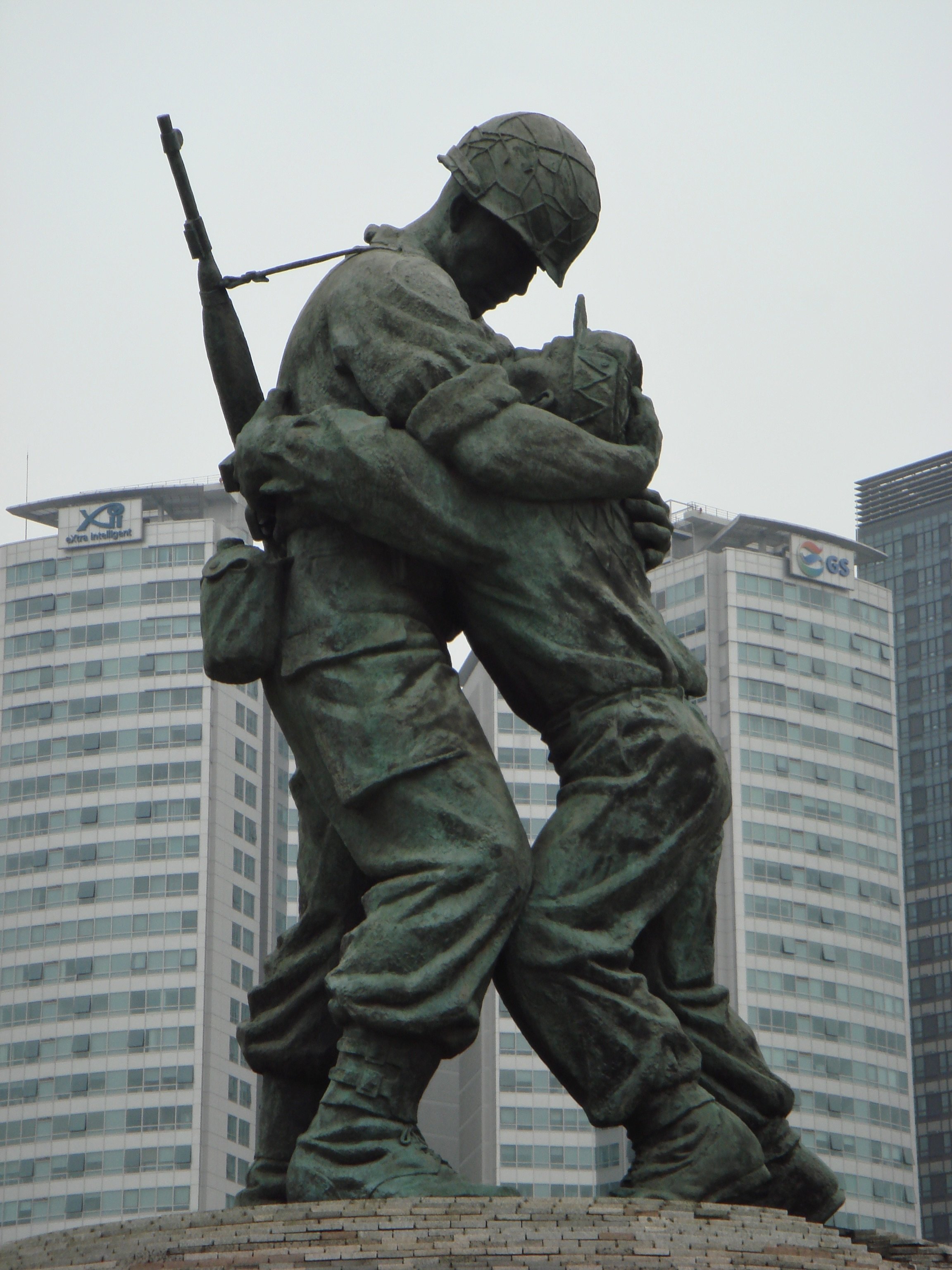
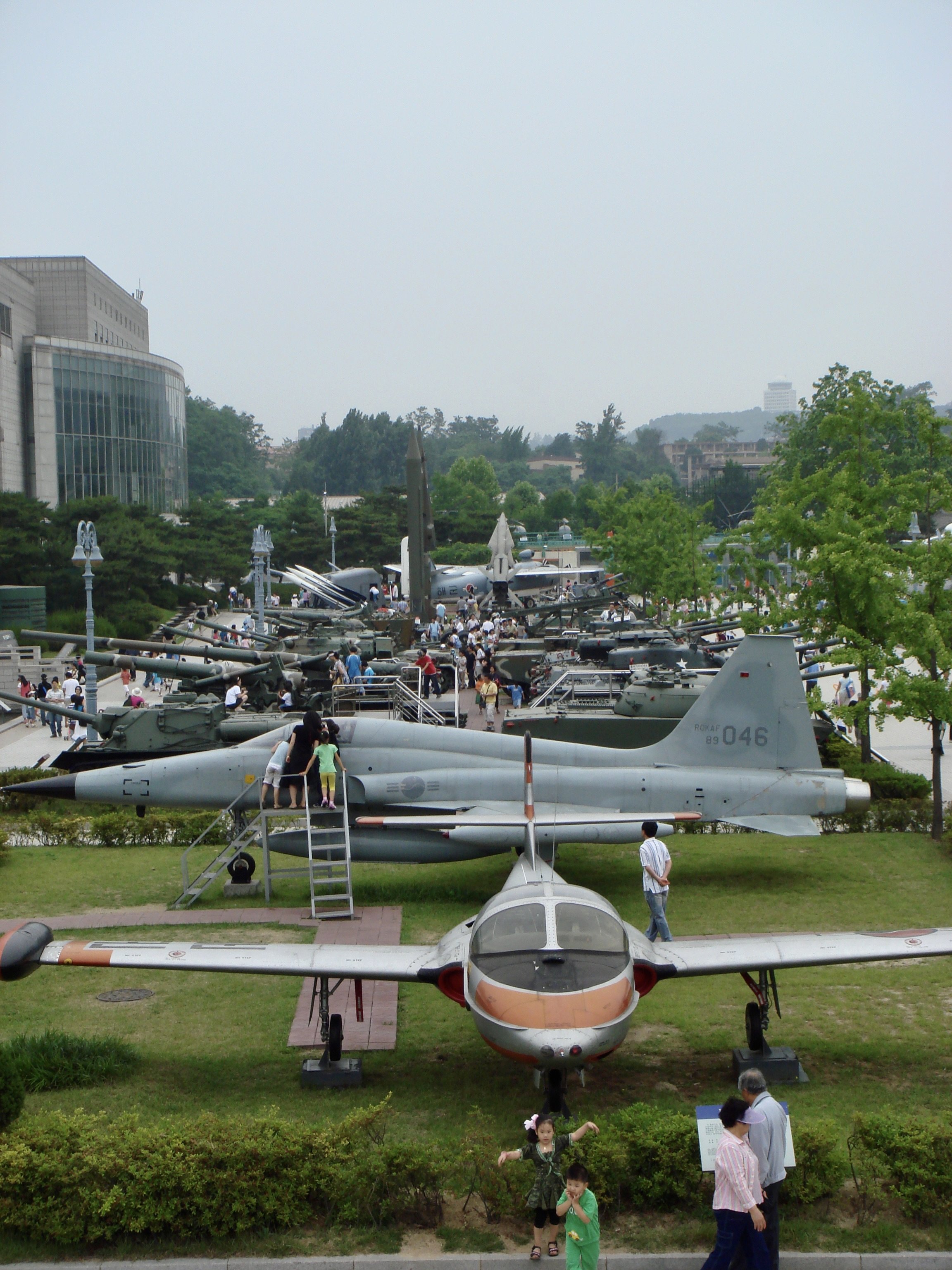


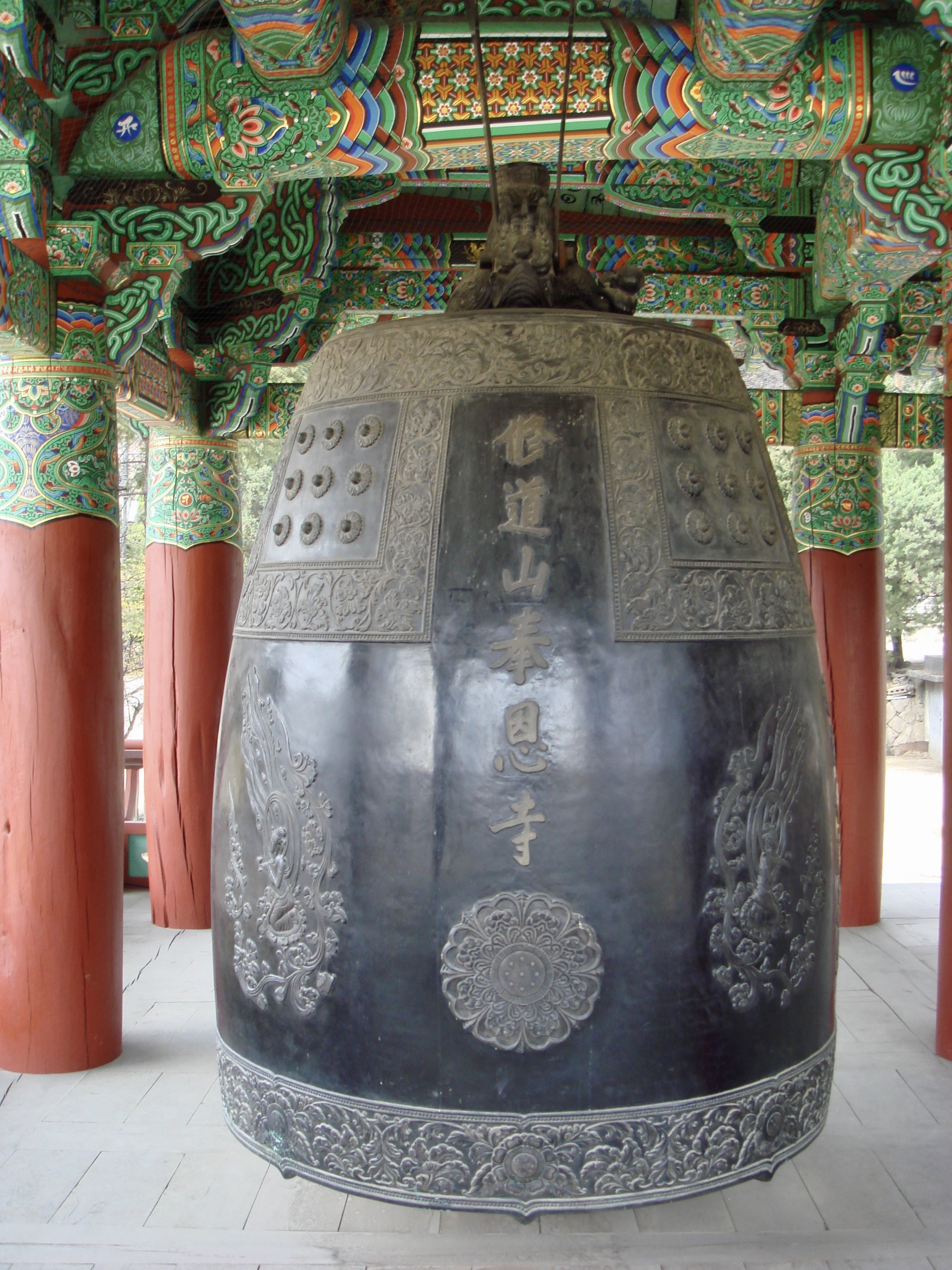




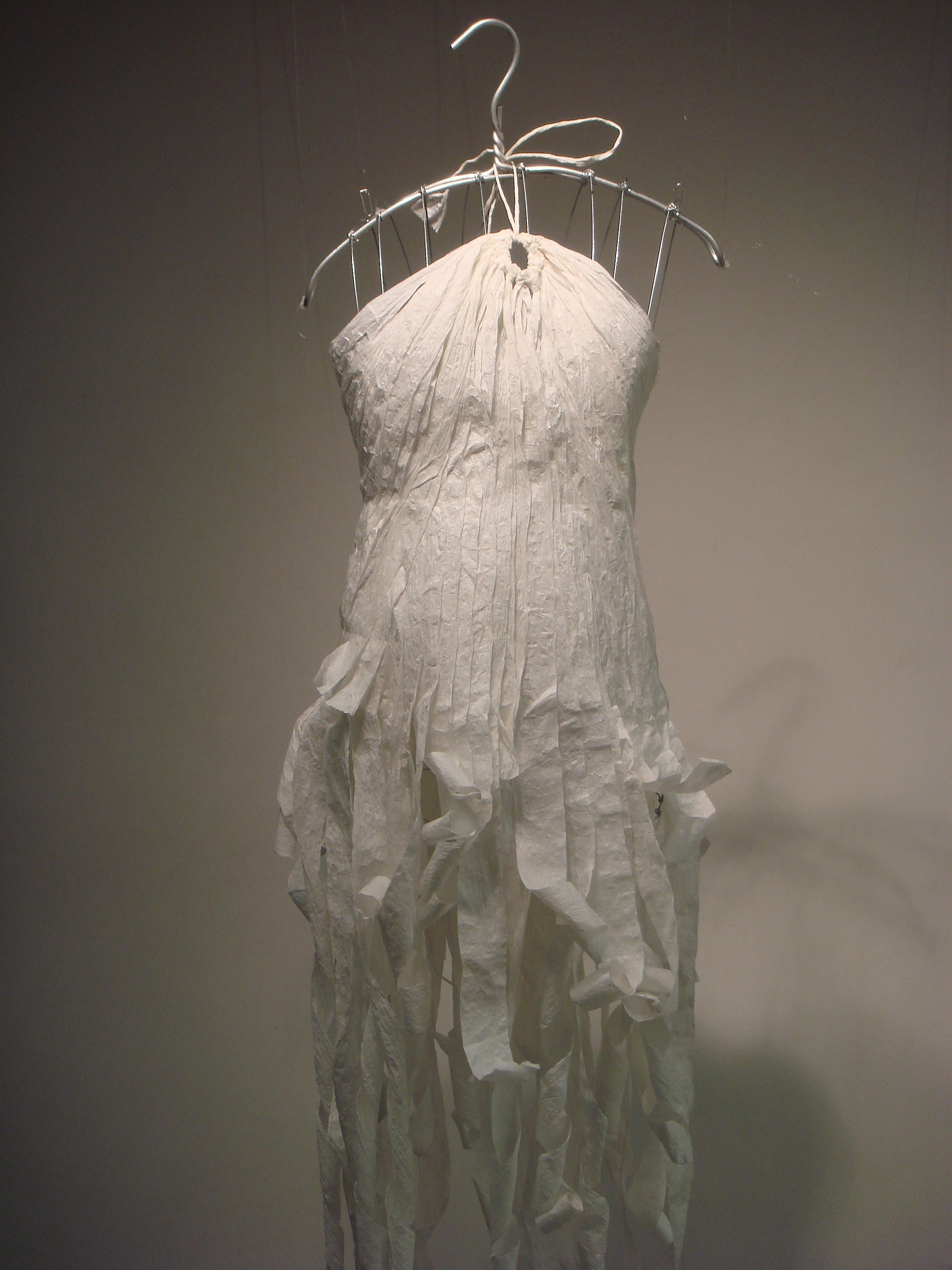
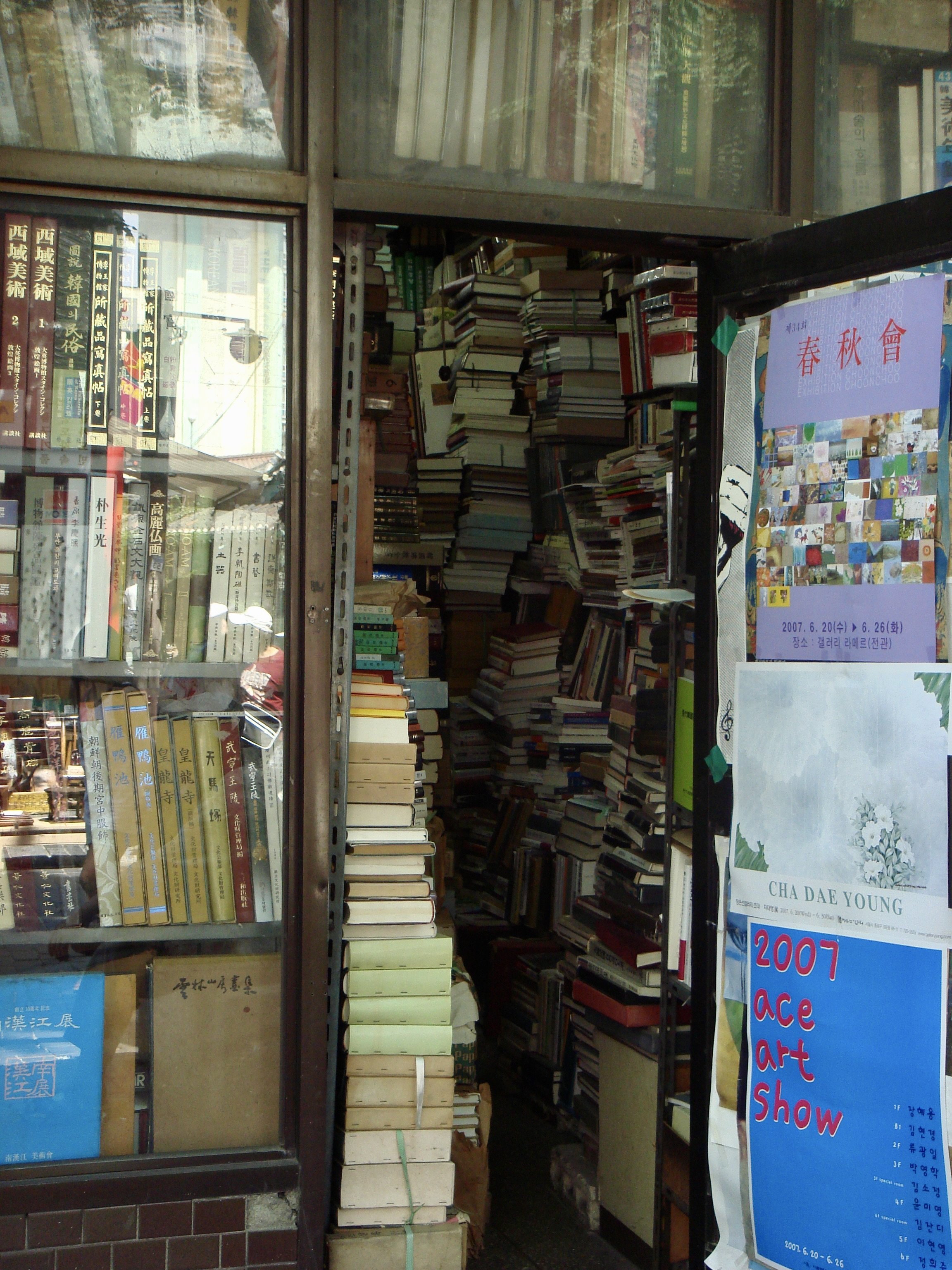
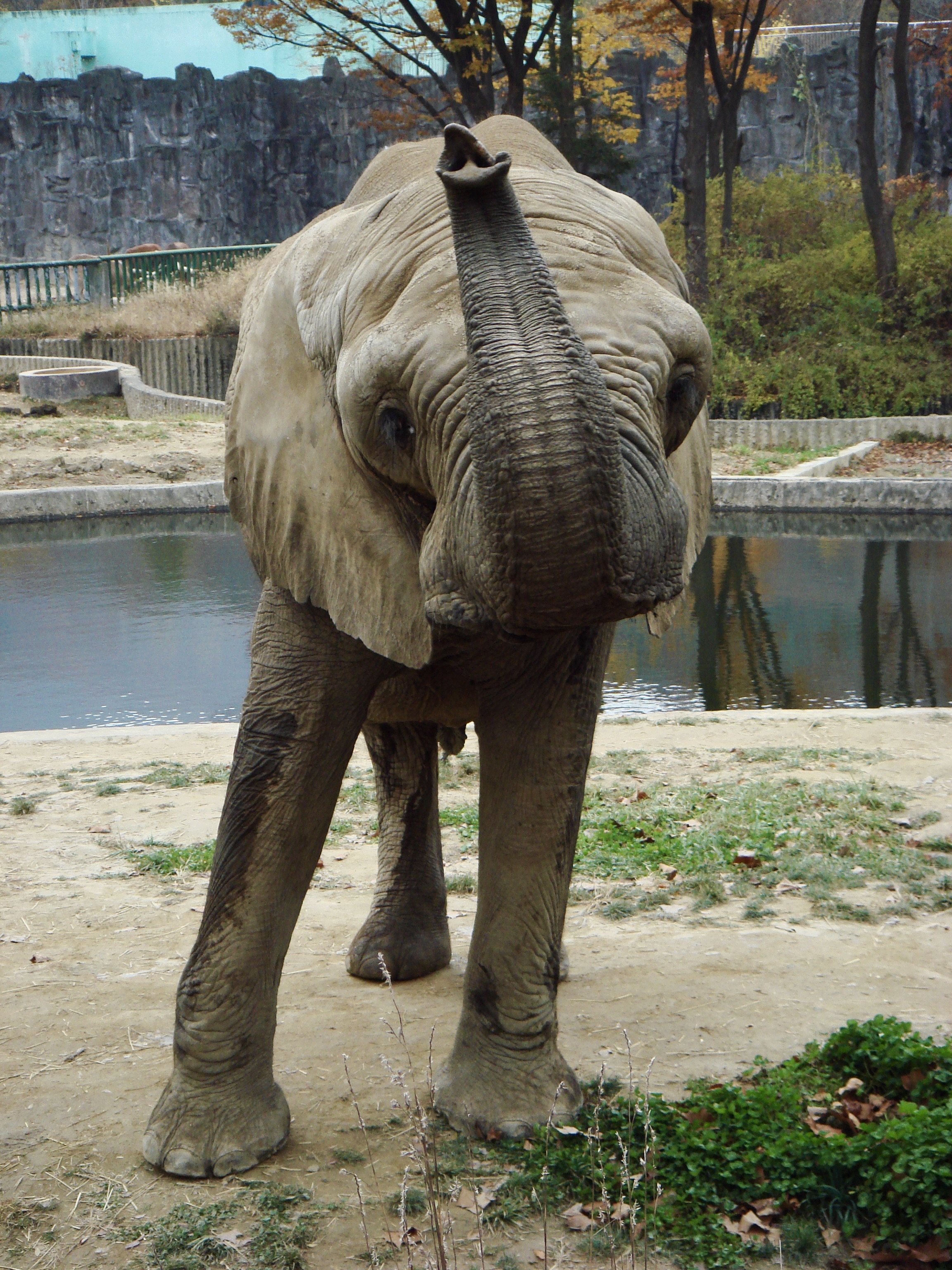



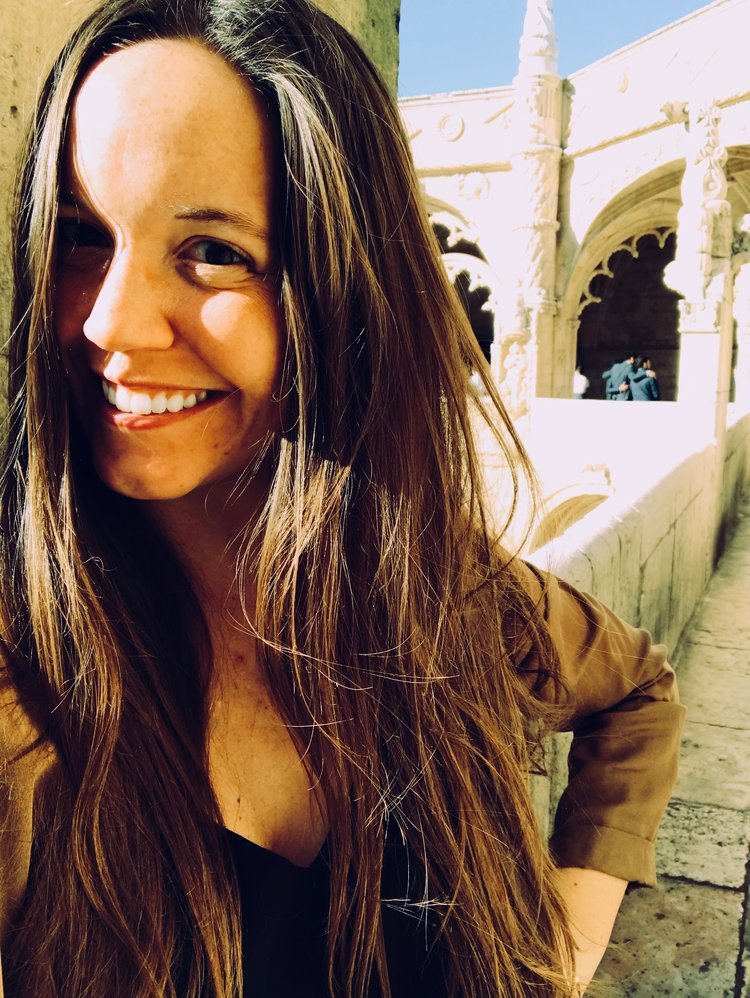

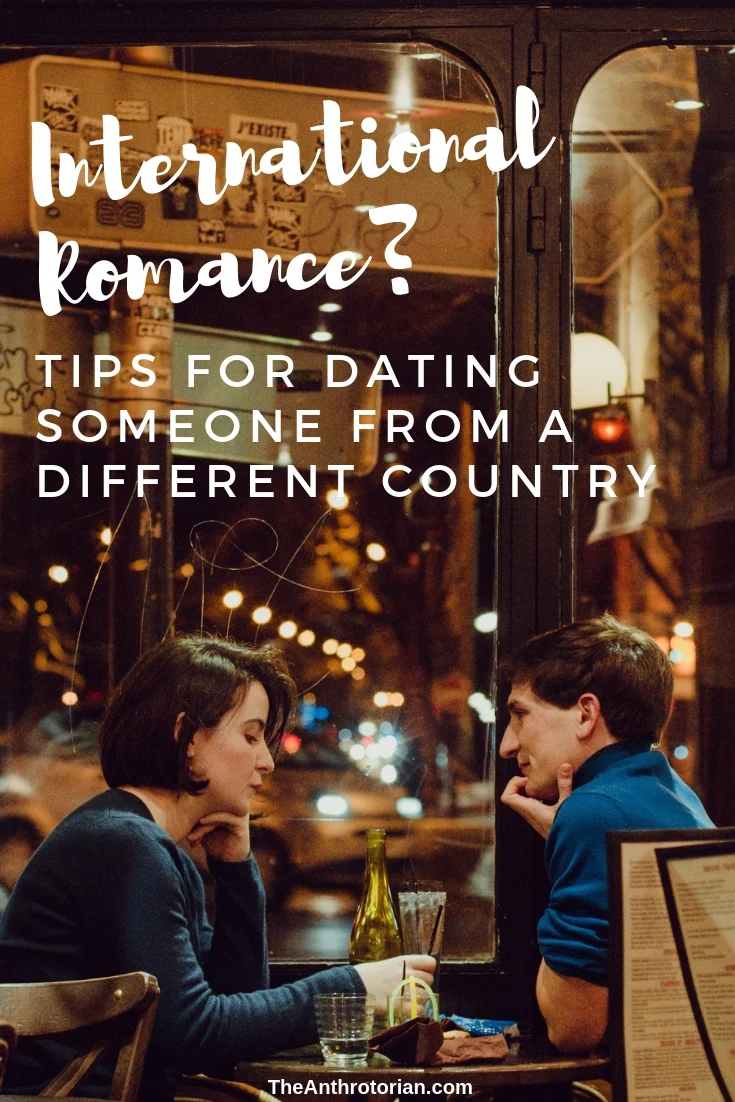
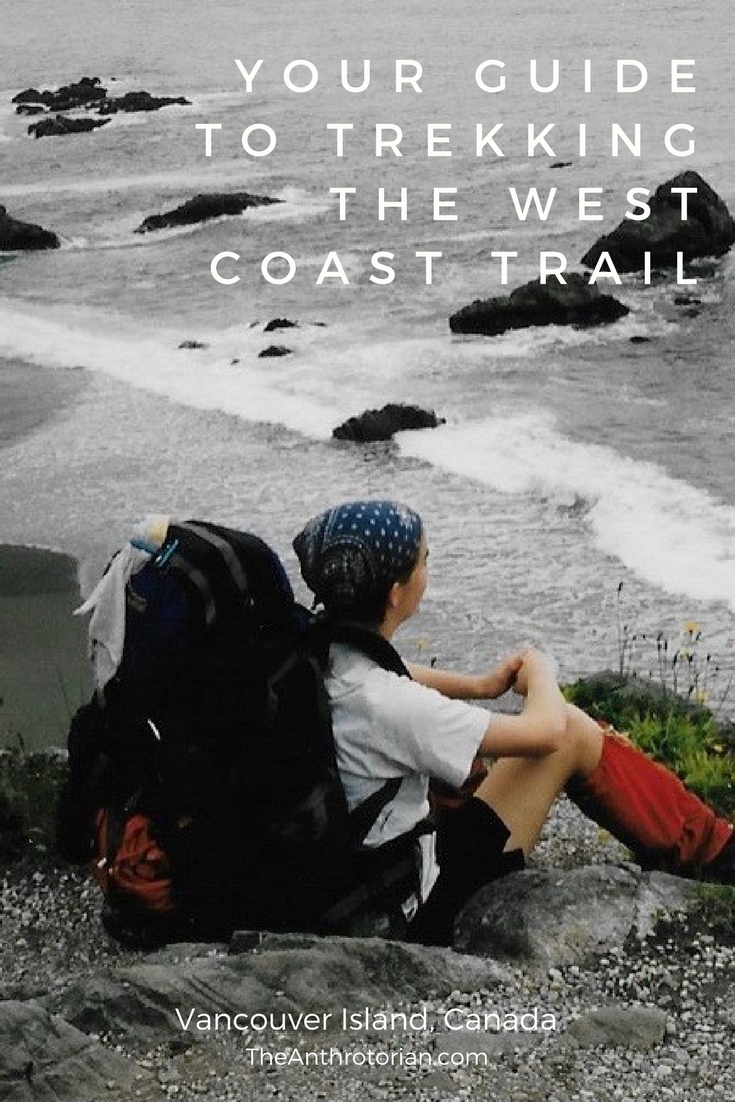







Budapest, the capital city of Hungary, is a fascinating city. It's perched right on the border between Western and Eastern Europe and with that comes a complicated history.
Until the late 1980s Hungry was communist, not moving to a democratic government until 1989. There is also a heavy influence from ancient Roman and Turkish occupation that has led to an interesting mix of architecture, culture, and historic spots to visit.